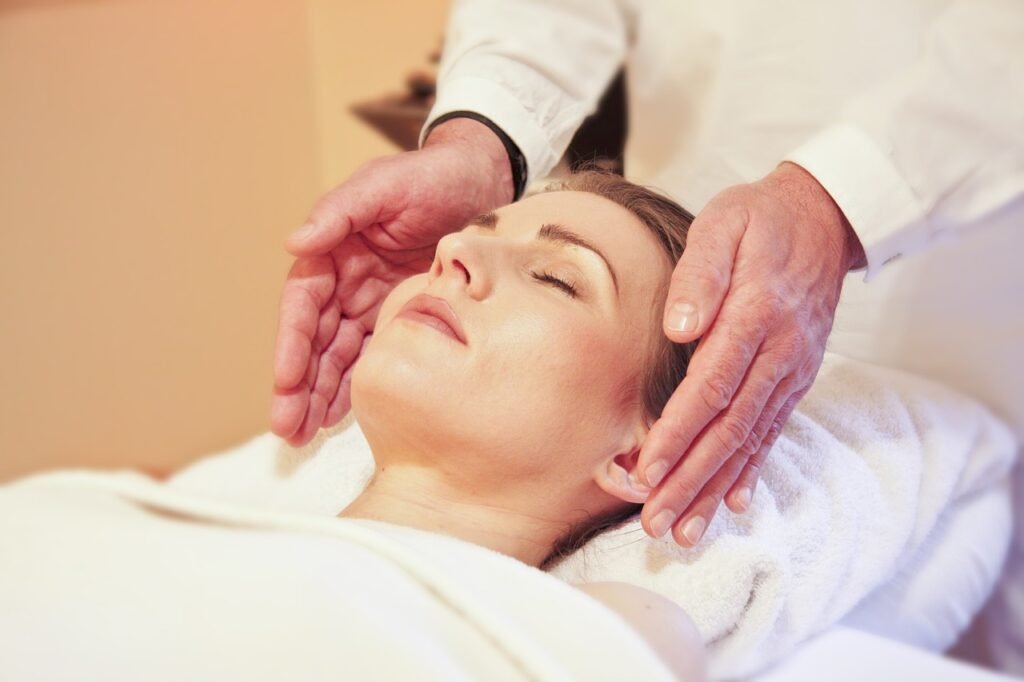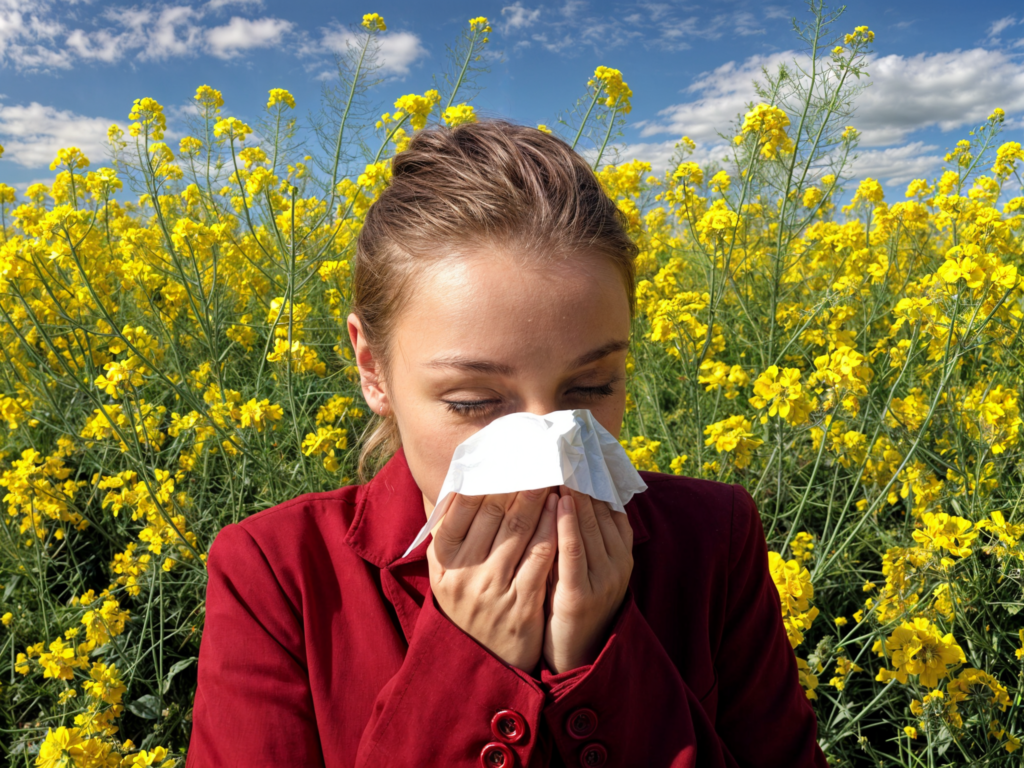
Intro
Sunburns are a common problem, especially during the hot summer months. If you’ve spent too much time in the sun and find yourself dealing with a painful sunburn, don’t worry – there are natural sunburn remedies that can help soothe your skin and promote healing. In this blog post, we will discuss 3 easy steps to treat sunburns naturally at home.
Recognize and Assess Your Sunburn
Identifying and evaluating the severity of your sunburn is a crucial initial step in the healing process. Sunburns vary greatly, from minor irritations and redness to severe, blistering burns that demand more intensive care.
Proper assessment of your sunburn is key to choosing an effective treatment strategy.
Begin by examining the skin for classic sunburn indicators such as noticeable redness, sensitivity to touch, swelling, and for more serious burns, blistering.
It’s important to determine the size and coverage area of the sunburn on your body to understand the full extent of skin damage.
Smaller, localized burns may be treated at home with simple remedies, while larger, more widespread sunburns could require a more comprehensive approach.
Pay attention to how your body responds beyond just the surface symptoms.
Severe sunburns can sometimes provoke systemic reactions including fever, chills, nausea, or feelings of faintness.
Such symptoms indicate a more serious condition, potentially sun poisoning, which necessitates prompt medical attention.
Assessing your sunburn also involves acknowledging any pre-existing skin conditions that might influence your choice of treatment.
Certain natural remedies might not be suitable for all skin types, especially if you have sensitive skin or are prone to allergies.
Being aware of your skin’s specific needs and how it might react to different substances is crucial for avoiding further irritation.
In the event of blistering, it’s essential not to burst them, as they serve as a natural barrier against infection. Blisters are a sign of a deeper burn and breaking them can lead to infections and slower healing.
Proper assessment not only guides you in selecting the most appropriate and effective natural remedies but also helps in monitoring the healing progress.
Recognizing the signs that your skin is recovering or if it’s worsening is vital to ensure you can adapt your care approach as needed, without causing additional harm to your already damaged skin.
Cool Down and Soothe Your Skin
After thoroughly assessing the extent and severity of your sunburn, it’s imperative to take immediate steps to alleviate the discomfort and prevent further damage.
An effective method to begin this healing process is by cooling the skin, which not only provides a sense of relief but also helps in reducing inflammation.
Initiate this soothing ritual by employing the use of cool compresses. You can create one by soaking a clean cloth in chilled water and gently placing it over the sunburnt areas.
The coolness from the compress will offer instant relief from the heat and discomfort. For a more full-bodied approach, consider taking a cool, but not cold, bath or shower.
This can help lower the overall body temperature and soothe the skin uniformly.
It’s crucial to avoid the use of ice or extremely cold water directly on the sunburnt skin as this can lead to further irritation and potentially damage the delicate, affected areas.
In addition to external cooling methods, applying natural anti-inflammatory agents such as aloe vera can significantly aid in the calming and healing process.
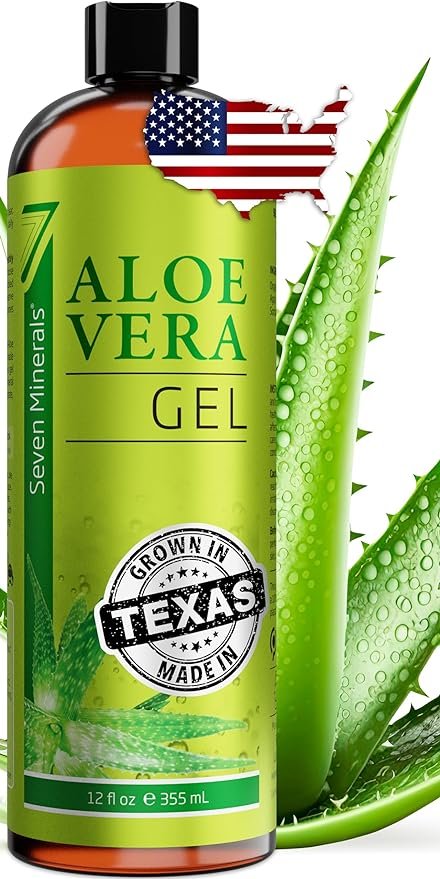
Aloe vera, known for its cooling and healing properties, can be gently applied to the sunburned skin.
This natural remedy works wonders in reducing redness and swelling.
Its application not only soothes the outer layer of the skin but also penetrates deeper to start the healing process from within.
For enhanced effectiveness, ensure the aloe vera gel is pure and free from added colors or fragrances, which could potentially irritate the skin further.
You could also purchase an aloe plant to have as a decorative plant around the house. When needed cut a leaf off and squeeze the gel out. Apply this directly as you would the store bought gel.
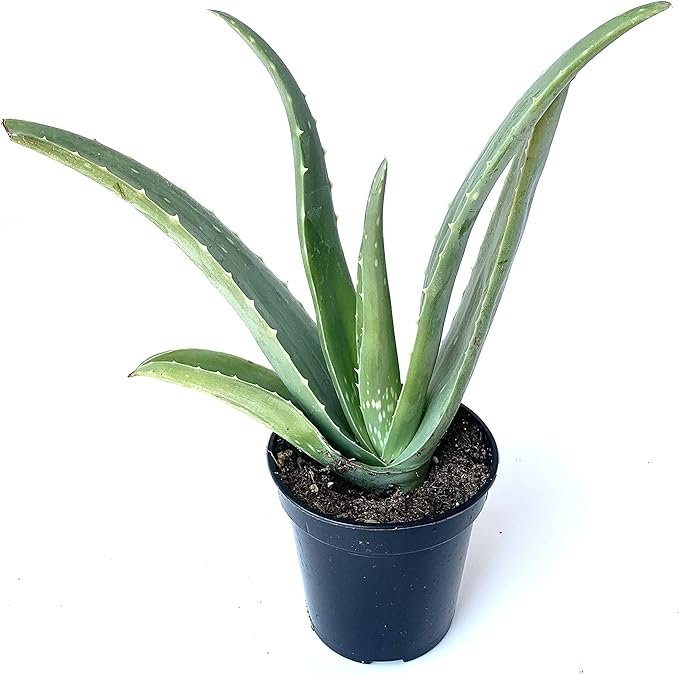
While cooling down the skin is a critical step, ensuring the application is gentle is equally important.
Avoid rubbing or exerting pressure on the sunburned areas, as the skin is highly sensitive and prone to additional damage.
Soft, patting motions with the cool cloth or during the application of aloe vera gel are recommended to avoid aggravating the sunburn.
By following these guidelines, you can effectively cool and soothe your sunburned skin, setting the stage for a more comfortable and swift healing process.
Hydrate and Repair Your Skin
The aftermath of a sunburn can leave your skin dehydrated and damaged, necessitating a focused effort on restoration and moisture replenishment.
Engaging in hydration practices is crucial, not only externally but internally as well, to facilitate the healing process of your sun-kissed skin.
Begin by increasing your water intake.
Adequate hydration aids in the recovery of the skin by delivering essential nutrients to the damaged cells, helping to flush out toxins, and maintaining the skin’s natural moisture balance.
It’s recommended to drink more water than usual following a sunburn to support your skin’s healing mechanism effectively.
On the external front, applying a hydrating lotion or cream can offer immediate relief to parched, peeling skin.
Opt for formulations enriched with natural emollients like shea butter or coconut oil, which create a protective barrier to lock in moisture, alongside vitamin E, known for its antioxidant and healing properties.
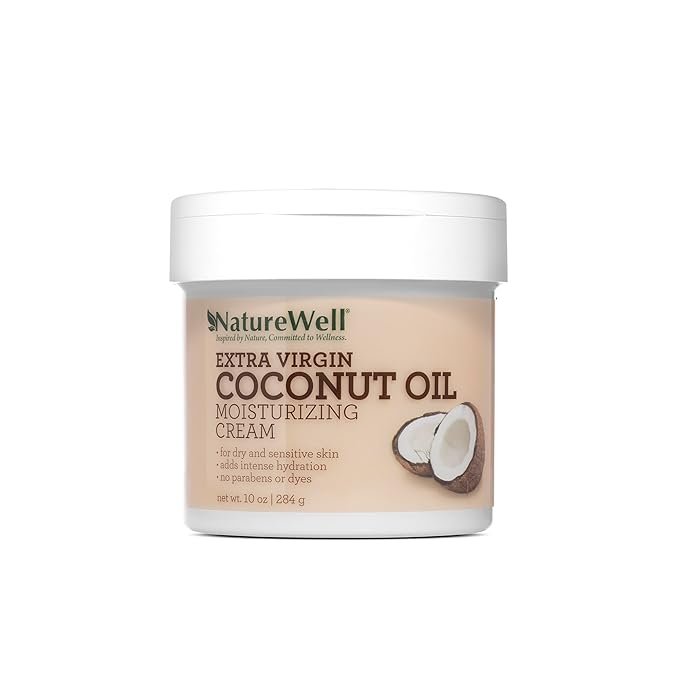
These ingredients work synergistically to restore the skin’s elasticity and promote the repair of damaged cells.
For an added layer of natural care, consider home remedies such as oatmeal baths or applying honey directly to the affected areas.
Oatmeal possesses soothing properties that can alleviate itching and reduce inflammation, making it a gentle option for sunburnt skin.
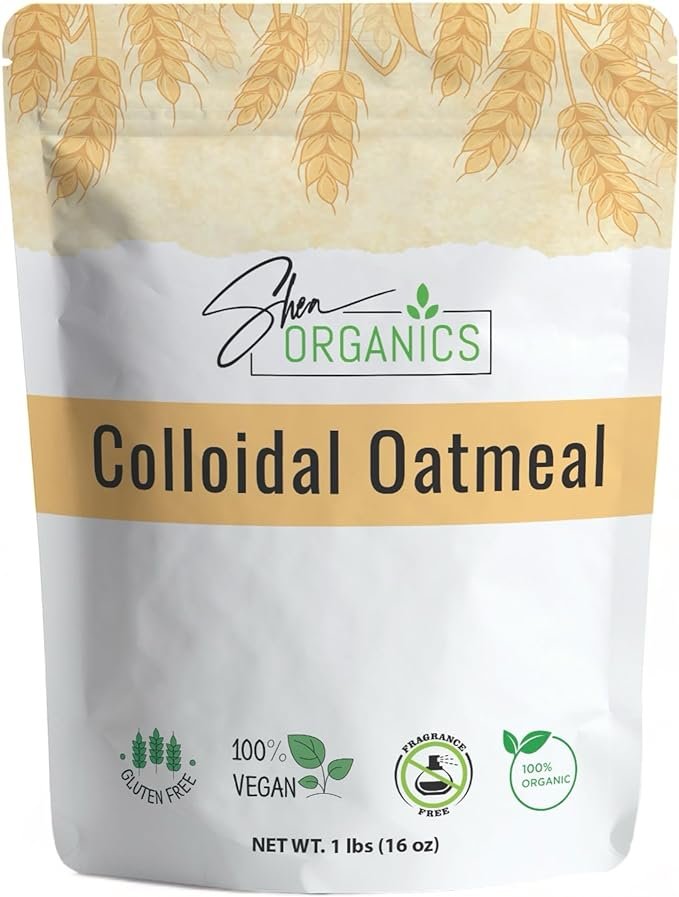
Meanwhile, honey, with its natural antibacterial and healing benefits, can assist in the skin’s recovery process by preventing infection and supporting tissue regeneration.
Integrating these hydrating and reparative practices into your care routine post-sunburn can significantly enhance the skin’s ability to recover.
By prioritizing both internal and external hydration and leveraging the healing power of natural ingredients, you can expedite the healing process, ensuring your skin regains its health and vitality more swiftly.
For skin health check out our favorite supplements for glowing healthy skin.
Revealing the Best Supplements for Glowing Skin

